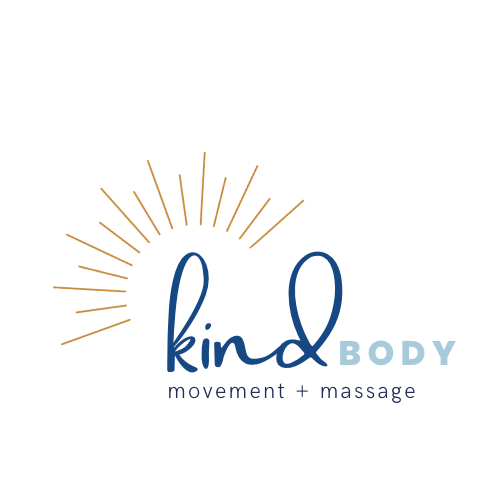Move More in the Same Amount of Time
How to Get the Most Out of Your Moving Minutes
I am my father’s daughter. I am a creature of habit. Just like my dad, I get comfortable in my routines.
My dad was a civil engineer and he still thinks like one. He has a paper map of his neighborhood—remember those?—which he probably made himself many years ago. On it he plotted the route for a mile walk and then every day, he would follow that same route—even stopping mid-street to turn around because he was concerned with only doing a mile. Not one step more. Not one step less.
I’ve always wanted to enjoy a morning walk but when everyone has to be out the door by 7:45, there’s not much time. Thanks to the more relaxed schedules that have come with COVID, I’ve developed a walking habit of my own now.
In the beginning I just set out walking each morning with no concern for where I was going. Eventually, I discovered which paths and directions would take me up more hills (to get my heart and breathing rates up) and which directions would allow me to get the most steps out of my neighborhood.
The walk takes me about 30 minutes and it comes out to about a little over a mile and a half.
One day my husband asked me what route I took through the neighborhood. As I started to explain it, I got that sense of déjà vu one gets when one realizes they sound exactly like their parents. I sounded exactly like my dad laying out the route he takes on his walks.
Just like my dad, I fell into this walking routine—and yes, I turn around mid-street in some places (but mostly because I don’t want to walk right up to the busy main road). Not only do I walk the same route, I’ve also realized I even walk on the same side to the street, usually in the same shoes, and usually looking in the same directions.
I mostly look to the left while I walk. I like to see my neighbor’s gardens and be a bit of a snoop. After I became aware of this movement habit, I tried turning my head to the right while I walked. I almost fell over! It made my body feel off balance and oh so weird.
This really highlights the fact that moving more doesn’t always mean upping your quantity of minutes moved.
Variables at play here: barefoot, text, terrain, and balance
How can I move more in the same amount of time?
Most of the people I work with (myself included) are struggling to carve out time in their busy schedules for movement and self care as it is already. If I tell everyone to “move more,” the gut reaction is, “How?! I don’t have time!”
I would answer that with, “Me too…most days it feels hard to brush my teeth.”
I would also add, “Keep the same amount of minutes moved and get more movement by simply adjusting some variables.”
How can I vary my movements?
Take my walk for example: Even though I walk for the same amount of minutes, there’s a lot of things I can change up to make my body move more within that set amount of time. Here’s some things I could switch up to keep things interesting for my body:
Walk a different route.
Reverse the direction of my route.
Walk at a different speed.
Talk while I walk (catch up with a friend in person or on the phone).
Look in a different direction.
Spend time looking far away to load the eyes.
Wear different shoes.
Walk while carrying something (like a large rock).
Carry the thing in different ways.
Change the surface (instead of walking on the street or sidewalk, walk in the grass)
Variables at play: the load from the rock and the way I’m carrying it.
Why is varied movement important for our bodies?
Our bodies can move in lots of different ways but we often don’t utilize them to their fullest capacity.
Instead we “cast” our bodies through our habitual movements and the environments we inhabit. For example, we spend a lot of time sitting in chairs and not cross-legged on the floor. So when we try to sit cross-legged on the floor as an adult, we find that it’s WAY harder (or impossible) than it was when we were kids and used to sitting that way in play or circle time at school.
It’s very much a “use it or lose it” situation. Using our bodies in a variety of ways keeps us open to a wealth of movement possibilities—which is especially important in maintaining health as we age.
Move your mind
As you can see, this moving more in the same amount of time requires a mindset shift. We only have so many hours in a day to move and our bodies require varied movement nutrients (mechanical inputs) to thrive. For more ideas on how to move more each day check out this post and this post.








